Today I would like to talk to you about another abandoned village in Spain: Umbralejo.
The remains of this village are located in the province of Guadalajara (north of Madrid).
Expropriated by ICONA (Institute for the Conservation of Nature), in 1971, and rebuilt, in 1984, thanks to the Abandoned Villages Recovery Program, today it is the best example of black architecture.
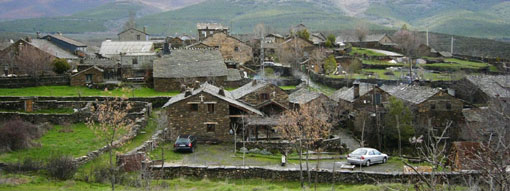
A view of Umbralejo
Located at 1260 metres of altitude, in the Mountain range of Guadalajara, Umbralejo is half a slope of the narrow ravine, that forms the river Sorbe on its left side.

The Sorbe river
When Umbralejo was inhabited, it had forty-two houses. They never had electricity or water in the village.
They suffered from very harsh winters and could be isolated for several days for the snow.
They were good producers of coal, taking advantage of the holm oak and oak, which abounded in that area.
They cultivated mostly rye and wheat, in the dry area, which was close to the village, and potatoes, beans and cabbage in the irrigated area, which was an hour away, in La Vega, next to the Sorbe River, which was a setback, when they had to transport the products of the garden, already collected. They made up to three trips, to carry the potatoes on the horses.
The livestock was formed by the goats, as the main animal.
The festivities were celebrated on September 8, in honor of the Nativity. They lasted three days.
In the village, there was a tavern, which was also a shop, where they sold: sugar, tomato, bonito, cookies, olives and other products. But other street vendors also went to the village to sell belts, cloths, slippers, spices and more products.
In Umbralejo, life was very hard, that is why many neighbors emigrated, in the 50s. Almost all emigrated to Azuqueca de Henares, Alcobendas and Madrid.
When there were few families left, in the village, the State expropriated the common lands, respecting the houses and the land located one kilometre from the village. But the people, who had emigrated, sold their houses and their farms, for which the State decided to keep the whole village. Then, the village was left in oblivion and loneliness, for several years, until in 1984, the Recovery Plan for Abandoned Villages was launched, which included Umbralejo, Granadilla (in Caceres) and Búbal (in Huesca). Since that year, cultural and educational activities have been taking place, for young students from all over Spain, for a good part of the year.
Here, I am going to show you several images of the village.
When you enter the village, you can see five houses and the first one, that you can see, in the following photo, their owners were Julian and Maria.
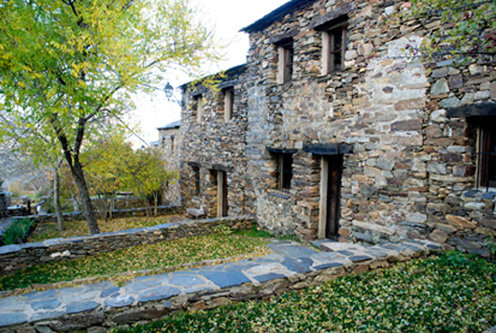
Julian and Maria´s house
On the right side, you can see the wooden gate of the garden of Lucas and Sinforosa´s house --now they are used as educational classrooms-- and the street Talleres:

Lucas and Sinforosa´s house
Below and on left side, Aurelio and Juliana´s house. On right side, Jose and Teresa´s house, who emigrated to Madrid:

Aurelio and Juliana´s house and Jose and Teresa´s house

The Aurelio and Juliana´s house close up

The Aunt Jacinta´s house who emigrated to Alcobendas
On the ground floor of the City Hall, the dance was celebrated and, on the upper floor, the Mayor met with the neighbours:
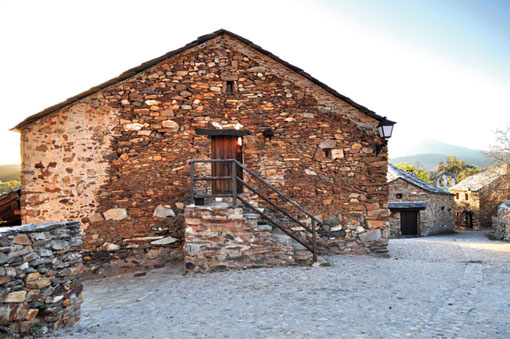
The Town Hall
Next to the Town Hall, was the tavern, run by Guillermo and Dolores. When they emigrated, Juanito and Gregoria took over the tavern. The old structure was demolished and the latter was built, roofed and not closed.
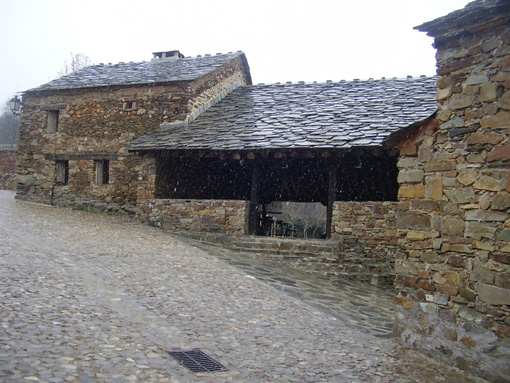
The tavern
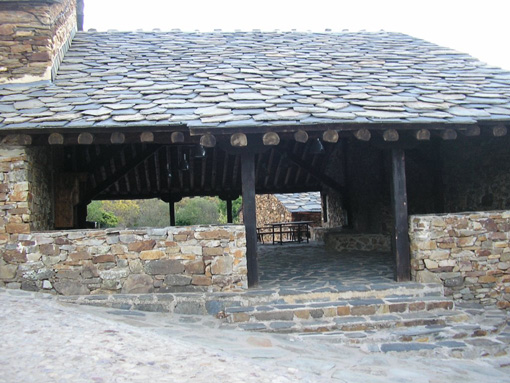
The tavern close up
You can go down, by this street, from the square to the church, and you can see the house of Uncle Andres and Aunt Concepción, who died in the village.
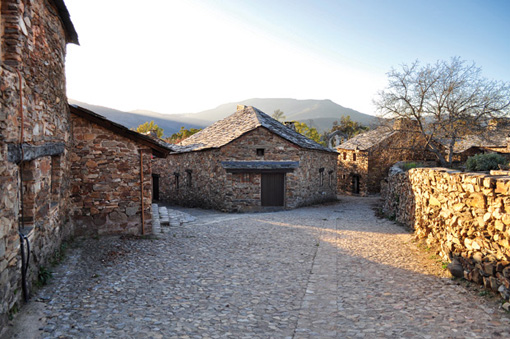
The street

Uncle Andres and Aunt Concepcion´s house

Another view of the house and the street to the church
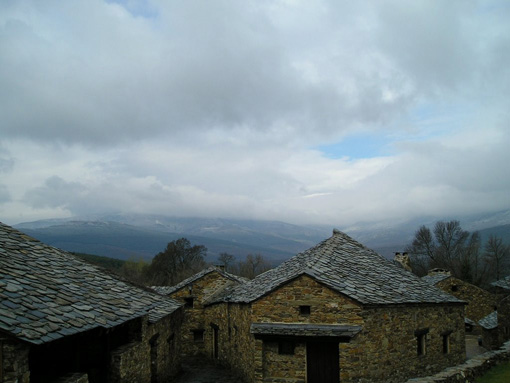
The Ocejón peak behind those houses

East side of the Ocejón from Umbralejo
This grandstand did not exist in the past, it was flat and a wall closed the exit here; you had to go around the bottom. In the background you can see the steeple of the church. The second house --with the orange facade-- is the Aniceto and Juana's one.

The grandstand
The same street from below:
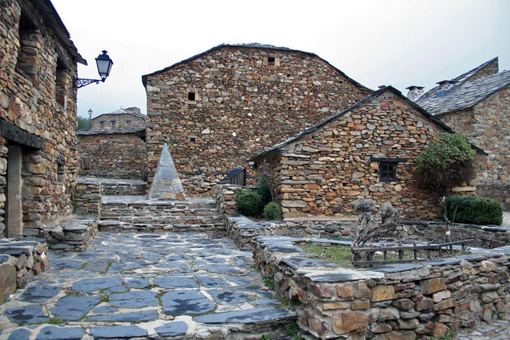
Down the grandstand
If you follow going down, you can meet the entrance of the church (Nuestra Señora de la Natividad), bought by a private citizen, to the Bishopric of Sigüenza, and since then it has passed through several owners. It remains in ruins. A set of cruets and a silver bell are kept in the Diocesan Museum of Sigüenza:

The entrance of the church
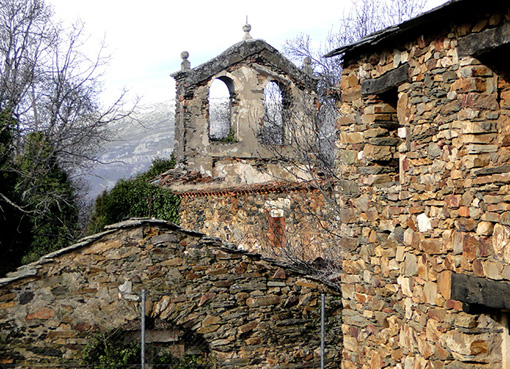
The bell gable with two bays
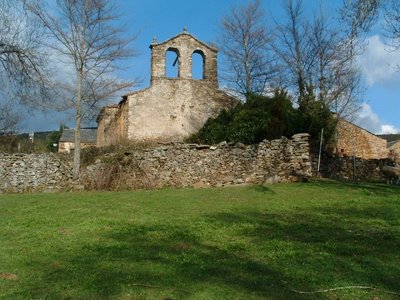
The back of the church and the cementery of Umbralejo on the left side and behind the wall
Near the church, you can see the old school, whose teacher was Roberto. There was also another teacher, called Julia. Later, other teachers arrived to Umbralejo, but they were not long, because they did not adapt to the village.
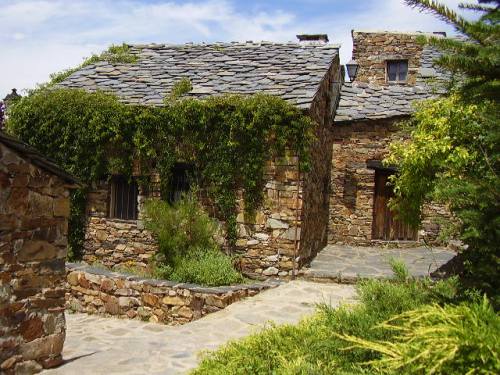
The old school on the left side and Roberto´s house on the right side
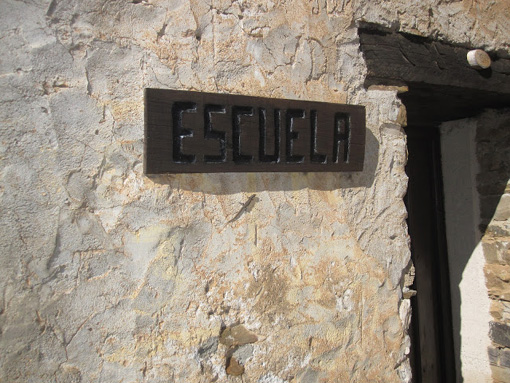
The sign of the school
And near the school, you can meet this house, which has a wood-fire oven with a small slate roof:

Behind Ambrosio and Jeronima´s house
Another house that you can meet close to that area Is this one:
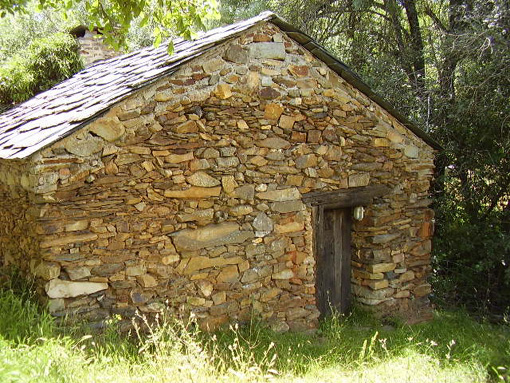
The forge of Jose Gomez the blacksmith
And you can meet this nice house:
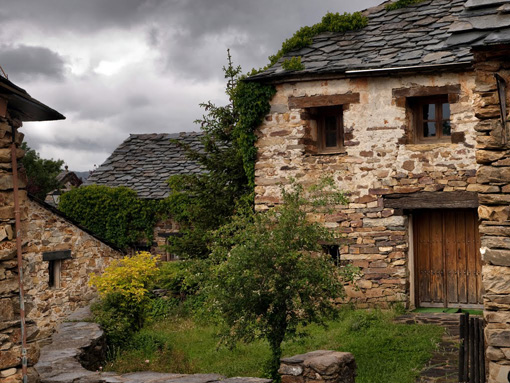
The house of uncle Agustin and Aunt Isabel, who went to Alcobendas
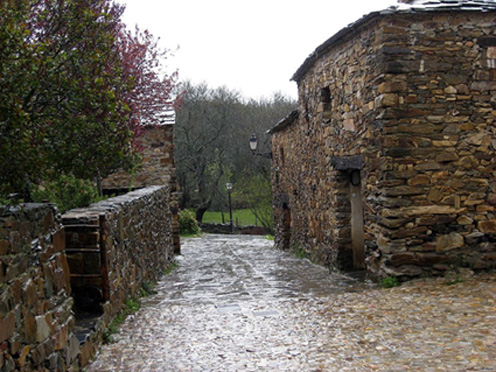
Other houses

Some more houses
On the next photo, on the left side, you can see the house of Ambrosio and Dionisia; they went to Azuqueca de Henares. On the right side, there is the house of Juan and Marcelina; they went to Barcelona.

This house was the infirmary:
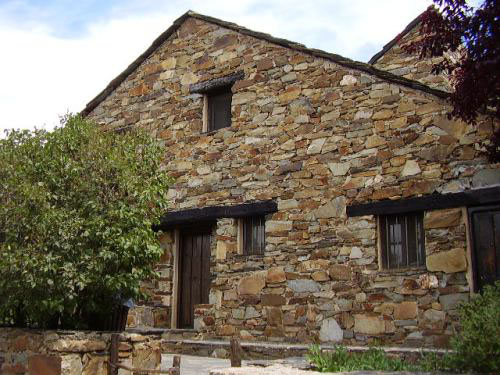
The infirmary
Another house was named “The small house”:
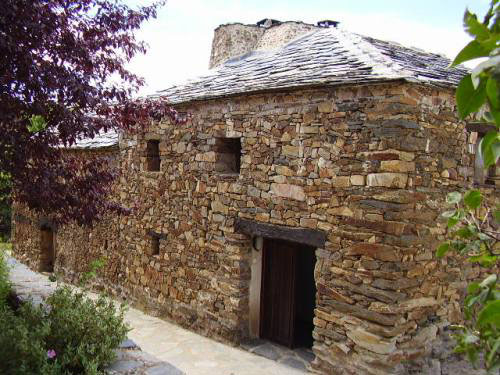
The small house
Here you have the poster with the visiting hours (From October to March: from Monday to Friday: from 12:00 to 14:00 h. and from 4:00 p.m. to 6:00 p.m. Saturdays, Sundays and Holidays: from 12:00 to 18:00 h. From April to September: from Monday to Friday: from 12:00 to 14:00 and from 16:00 to 20:00 h. Saturdays, Sundays and Holidays: from 12:00 to 20:00 h.):

The visiting hours
Well, I hope that you will like this article and hope that you can visit this curious village.
Until my next post, kind regards,
Luis.
Sponsored by Costaluz Lawyers.
Please click below:
